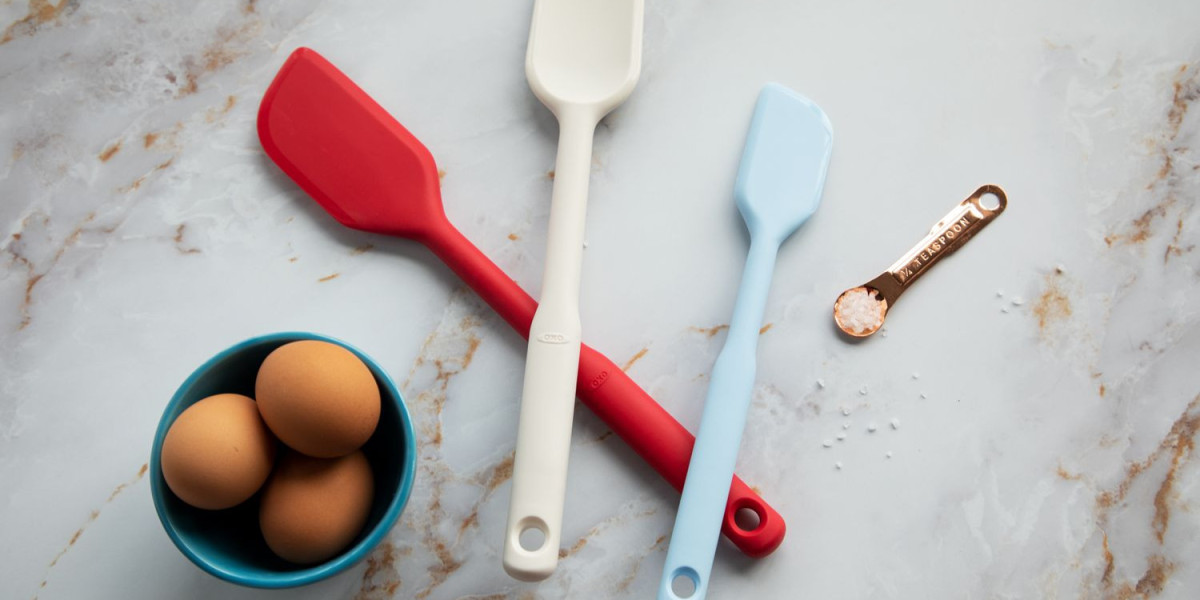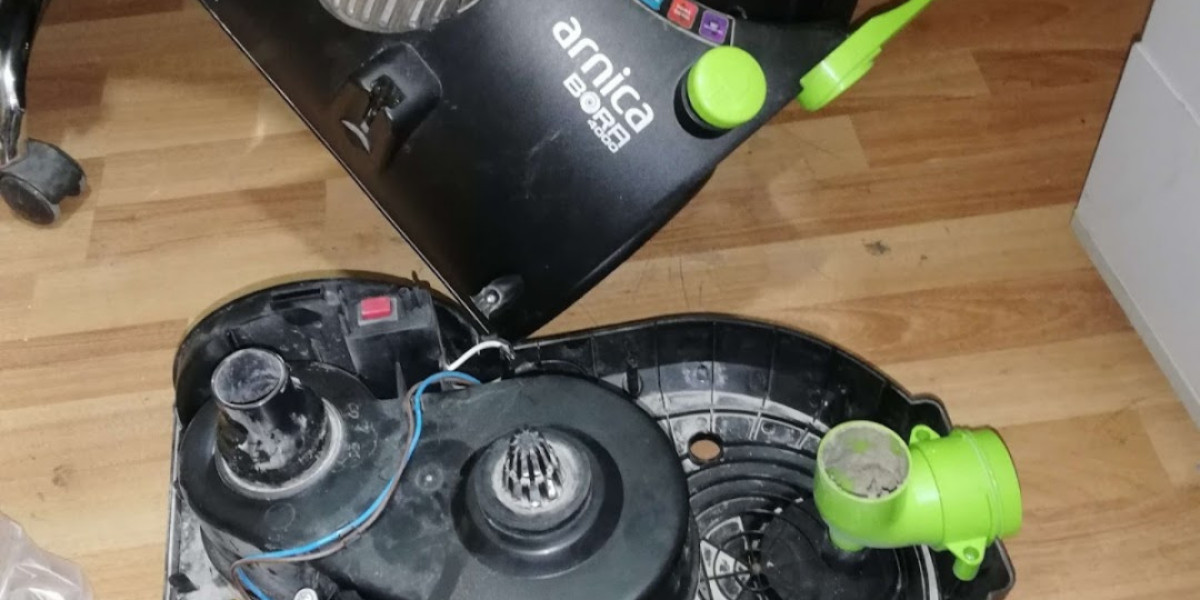Silicone spatulas have become an essential tool in modern kitchens, replacing traditional materials like wood and metal for many cooks. But as with any kitchen gadget, questions arise about their durability, especially when exposed to heat. Can silicone spatulas melt or warp when used at high temperatures? To answer this question, it’s important to understand the properties of silicone, how it reacts to heat, and what makes the best silicone spatula stand out in terms of performance and safety.
What is Silicone and Why is it Used in Spatulas?
Silicone is a synthetic material made from silicon, oxygen, carbon, and hydrogen. It’s popular in kitchen tools because of its flexibility, durability, and heat resistance. Unlike plastic spatulas, which can melt or become brittle over time, silicone spatulas maintain their shape and functionality even when exposed to a wide range of temperatures.
Silicone is non-reactive and food-safe, meaning it won’t leach harmful chemicals into your food. Its heat-resistant properties make it particularly appealing for cookware used in both high and low-temperature environments. Whether you're sautéing vegetables over high heat or scraping batter from a cold mixing bowl, the best silicone spatula is designed to perform well without melting or warping.
Heat Resistance: Can Silicone Spatulas Melt?
One of the most frequently asked questions about silicone spatulas is whether they can melt when exposed to high heat. The short answer is no, silicone spatulas do not melt under normal cooking conditions. The material is designed to withstand heat up to 500°F (260°C) or even higher, depending on the brand. This makes them ideal for most cooking tasks, including frying, baking, and even stirring hot soups.
However, while silicone spatulas can resist high heat, they are not indestructible. Prolonged exposure to extremely high temperatures, like those found directly on open flames, can cause damage over time. For instance, if you accidentally leave a silicone spatula on a hot burner, it may start to degrade, although it won’t melt in the way that plastic would. The best way to ensure that your spatula lasts is by using it appropriately and keeping it away from direct contact with extreme heat sources.
What About Warping?
Warping is another common concern when it comes to kitchen utensils. Unlike wooden spatulas, which can warp due to moisture, or plastic spatulas, which may deform under high heat, silicone spatulas are generally resistant to warping. The flexibility of silicone allows it to bend and return to its original shape, even after prolonged use.
The best silicone spatula will maintain its integrity and shape even after years of exposure to high and low temperatures. This makes them a reliable tool in the kitchen, offering consistency whether you're flipping pancakes or stirring sauces.
However, it’s important to note that not all silicone spatulas are created equal. Some lower-quality products may contain fillers or be made from inferior-grade silicone, which can lead to warping or deterioration when exposed to heat. It’s always a good idea to invest in high-quality, food-grade silicone spatulas from trusted brands to ensure longevity and performance.
How to Identify the Best Silicone Spatula
If you're looking for a durable silicone spatula that won’t melt or warp under heat, there are a few key factors to consider:
Heat Resistance: Look for spatulas that can withstand temperatures of at least 500°F. The best silicone spatula will list its temperature resistance on the packaging.
Food-Grade Silicone: Make sure the spatula is made from 100% food-grade silicone without any plastic fillers. Fillers can compromise the durability and heat resistance of the spatula, making it more likely to warp or melt under high temperatures.
Solid Core Construction: Some silicone spatulas feature a solid core (often made from stainless steel) for added strength and durability. This can prevent the spatula from becoming too flimsy during heavy-duty cooking tasks.
One-Piece Design: Spatulas that are molded as a single piece of silicone are more durable and easier to clean. Models with detachable heads can sometimes harbor bacteria and are more prone to damage over time.
Comfortable Handle: While silicone is the star material, don't forget to check the ergonomics of the spatula's handle. A good grip can make a world of difference when you're cooking for extended periods.
By keeping these factors in mind, you can easily find the best silicone spatula that will last in your kitchen without any concerns of melting or warping.
Care and Maintenance of Silicone Spatulas
Even though silicone spatulas are designed to withstand heat, proper care and maintenance can help extend their lifespan. Here are some tips to keep your silicone spatulas in excellent condition:
Avoid Direct Contact with Open Flames: While silicone spatulas are heat-resistant, they shouldn’t be placed directly on open flames or exposed to temperatures higher than their specified limit.
Hand Wash When Possible: Although most silicone spatulas are dishwasher-safe, hand washing can help preserve their longevity, especially if the spatula has a metal or wood core.
Check for Damage: Regularly inspect your spatula for signs of wear, such as cracks, discoloration, or brittleness. If the spatula shows any signs of damage, it’s best to replace it to avoid contamination or loss of performance.
Avoid Sharp Edges: While silicone is durable, it can be punctured or cut by sharp knives or edges. Try to avoid scraping the spatula on sharp surfaces to maintain its integrity.
By following these simple care guidelines, the best silicone spatula can last for years, providing excellent performance and reliability in your kitchen.
Additional Uses for Silicone Spatulas
While silicone spatulas are commonly used for cooking, their versatility extends beyond the stovetop. Here are some additional ways to use your silicone spatula:
Baking: Silicone spatulas are perfect for folding batter, scraping bowls, and mixing ingredients. Their flexibility allows them to reach every corner of the bowl, ensuring no batter goes to waste.
Frosting Cakes: Silicone spatulas are excellent for spreading icing or frosting cakes. Their smooth surface creates an even layer without sticking or tearing the cake.
Non-Stick Cookware: Because silicone spatulas are soft and gentle, they’re safe to use with non-stick cookware, unlike metal utensils that can scratch or damage the coating.
High-Heat Cooking: Whether you're making scrambled eggs or sautéing vegetables, silicone spatulas are ideal for high-heat cooking. They can handle hot pans without the risk of melting or sticking.
By investing in the best silicone spatula, you can enjoy the convenience of a versatile, heat-resistant, and durable tool that works for a wide range of cooking tasks.
Conclusion
So, can silicone spatulas melt or warp when exposed to heat? Generally, the answer is no. Silicone spatulas are designed to withstand high temperatures and maintain their shape and functionality, even after repeated use. However, as with any kitchen tool, proper use and care are essential to ensure the spatula’s longevity. By selecting the best silicone spatula made from food-grade materials and following basic maintenance guidelines, you can enjoy a reliable, heat-resistant kitchen tool that will serve you well for years to come.
In conclusion, the next time you reach for a spatula in your kitchen, rest assured that a well-made silicone spatula won’t melt or warp under heat. Instead, it will continue to be a flexible, durable, and safe option for all your cooking needs, making it an indispensable tool in any modern kitchen.








